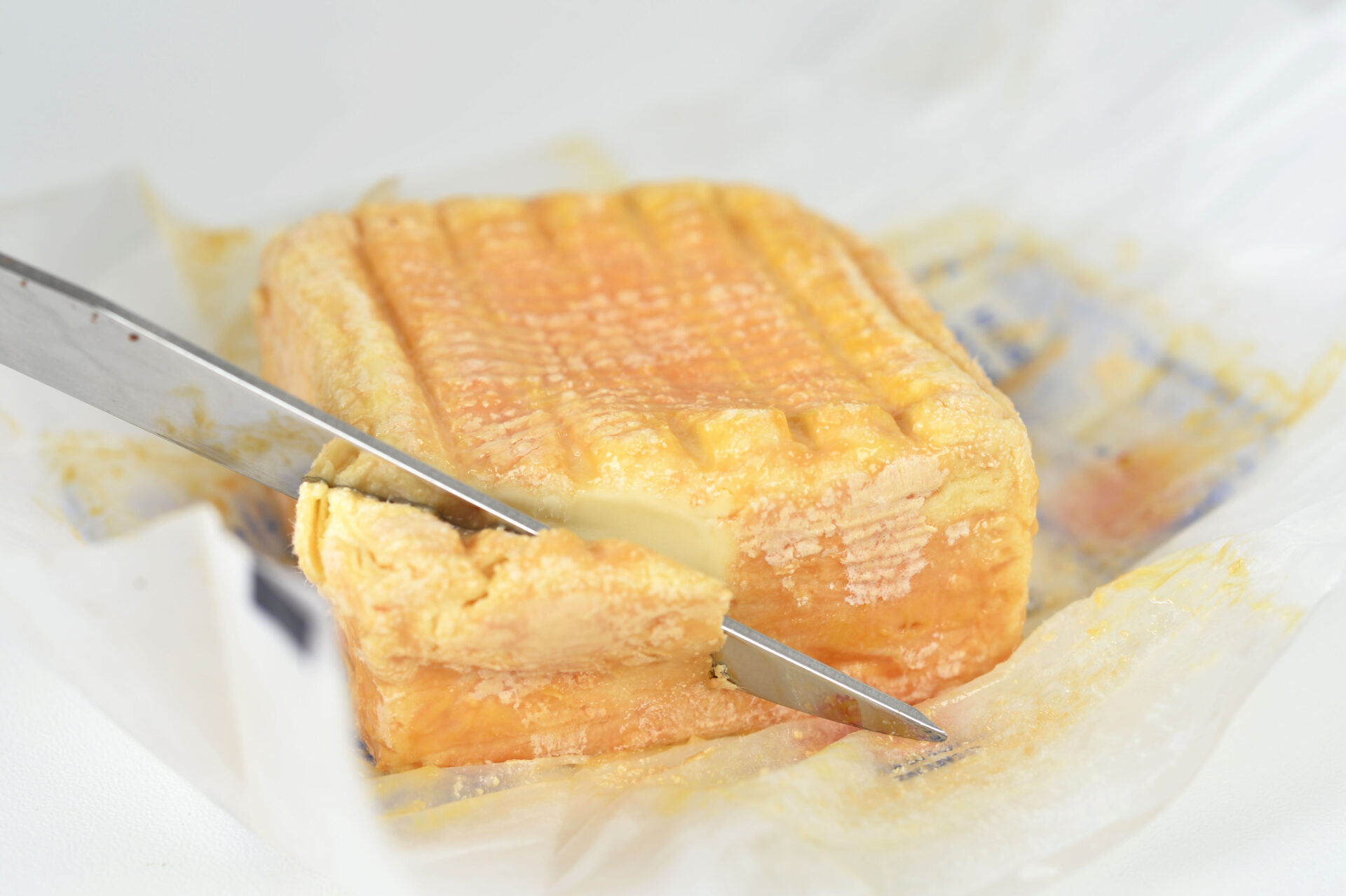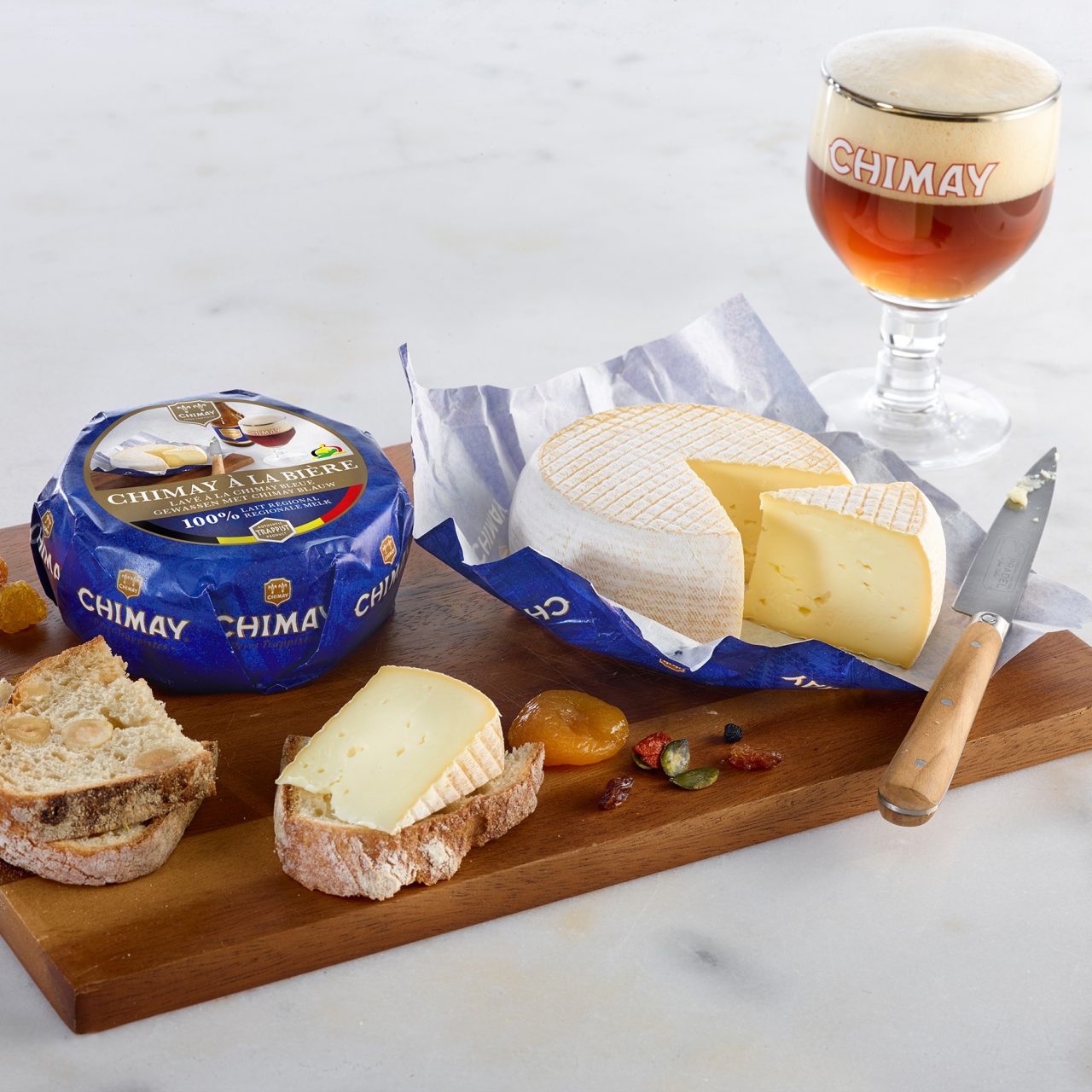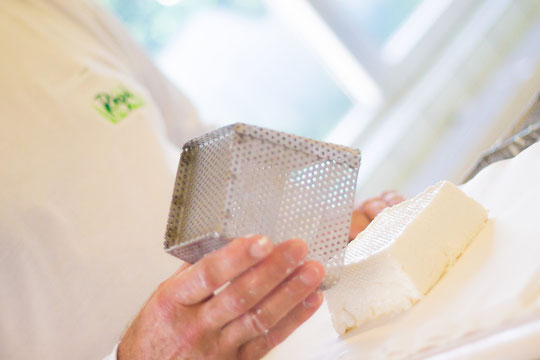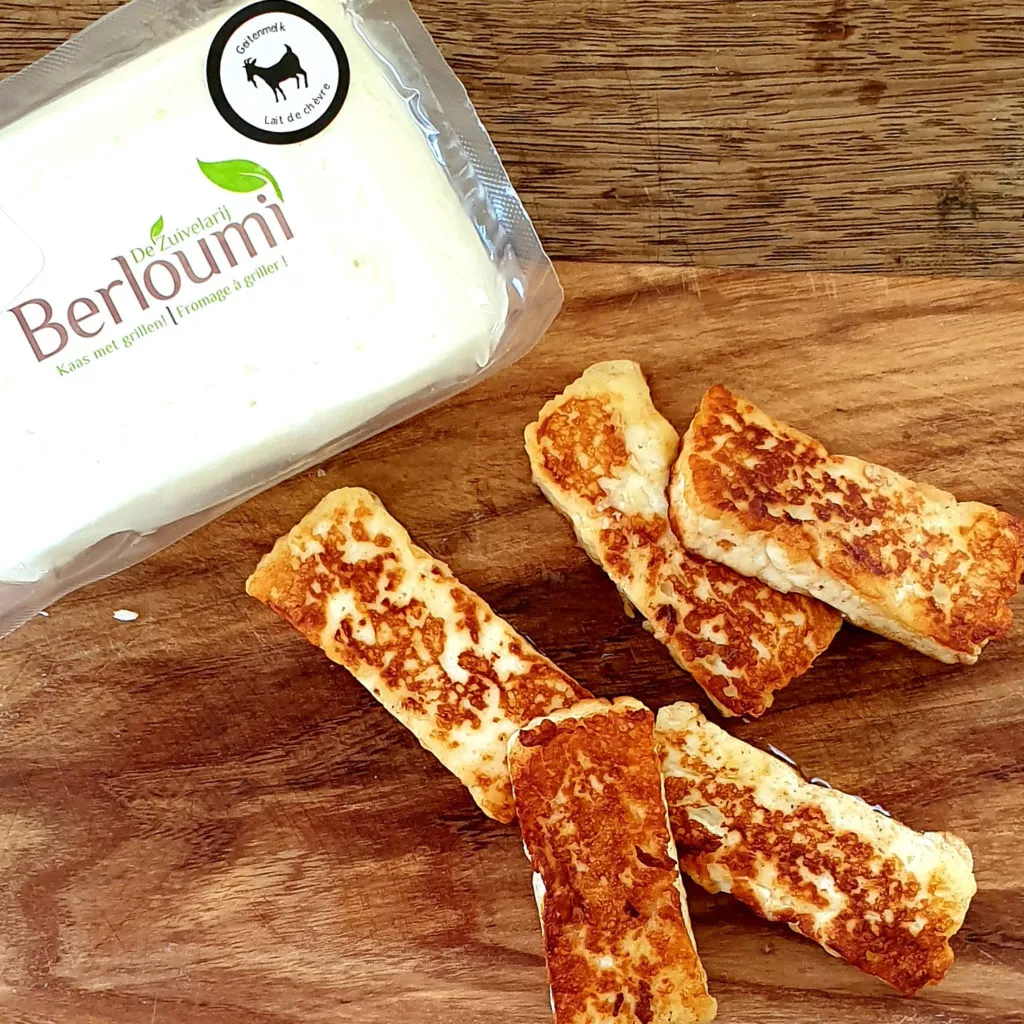While Belgium is not traditionally seen as a country of cheese makers, the fact that it is sandwiched between the two leading 'cheese nations' (France and the Netherlands) means it is hardly surprising that producers here have tried their hand at the craft.
Experiments with the first cheese started in the 'Land of Herve', allegedly 800 years ago. Belgian cheeses only started to develop rapidly in the 20th century, however, and the country is now home to over 300 types of cheese.
From the more mild cheeses such as Passendale and Brugge Blomme and the abbey cheeses, reminiscent of the Middle Ages and paired with beer, to more peculiar varieties such as the Moerenaar herb cheese, the Belgian cheese market offers something for everyone.
Walloon cheeses
One of the most iconic cheeses in this region is without a doubt Herve, named after its region of origin in the province of Liège. The cheese can only be successfully made here as brévibacterium linens are typical of the region.

The Herve cheese. Credit: Belga / Aline Brugmans
Having recently been awarded Wallonia's Cheese of the Year 2023, the protected dairy product belongs to the family of soft cheeses with a washed rind. Its sticky crust gives off a strong smell, but the taste is surprisingly full and pleasantly tangy.
There are three types of Herve cheese: soft (mild), spicy or piquant (saltier and with a longer maturation period) and the Remoudou (richer and with more complex aromas). Traditionally, it is served with local Liège syrup.
Wallonia is also the region of abbeys – a type of monastery used by members of a religious order – and therefore also home to abbey cheese.
Monasteries often had their own cheese farm to ensure they could be self-sufficient. Today, however, only a handful of them carry the Authentic Trappist Product certificate, which ensures that the cheese is made within the abbey's walls. In Wallonia, Orval is the only abbey where the cheese is made by the brothers.
In most cases, the cheeses are only matured in the abbey. Beer is also occasionally mixed into cheeses to create 'beer cheese'. One of the most famous examples of this is Chimay cheese.

Credit: Chimay
This cheese is made from fresh and creamy milk from the region, while the rind is washed with its Trappist beer (the flavour depends on the cheese variety) to give it its unique, malty flavour.
The cheeses from the abbeys of Floreffe, Maredsous, Rochefort and Val Dieu are equally rich in flavour; each comes in a range of flavours based on the beers they are ripened with.
Finally, another cheese that is typical of the region is Maquée, a fresh cheese that is also made from milk from the Land of Herve. It can be enjoyed both in a sweet and savoury context as it comes in a wide range of herby and fruity flavours.

Maquée De Campagne. Credit: Fromagerie Regal
After a slow maturation of 24 hours, the curd is carefully poured with a large ladle into a 'prihel' – an age-old method of draining that gives it its special texture and softness. The cheese is then removed from its mould and wrapped in parchment before being put into a jar.
Flemish cheeses
In Flanders, the Burgundian tradition of borrelen (the Dutch-language equivalent of 'aperitif') is inherently linked to cheeses, reflected in the most popular types that are consumed here. One of the most famous 'Bourgondische borrelkazen' is Passendale Caractère.
The iconic cheese factory in the West Flemish town of Passchendaele was started by the Donck family. After being introduced to the wonders of cheese during their stay in Normandy, France, they were inspired to start their own cheese business in 1932.

King Baudouin visiting the Passendale cheese factory, showcasing the cheese's unique shape. Credit: Belga
However, it wasn't until 1978 that the cheese widely known today literally took shape: from this point onwards it took on its recognisable bulbous shape and distinctive fine-grained texture.
Unlike most cheeses, it is not pressed. Instead, the curd is suspended in a linen cloth and slowly drains out (this process takes about 24 hours). It is a time-consuming process but it is essential for flavour and texture and makes each bulb unique.
Flanders also has its own abbey cheeses, most notably Westmalle, which is one of the few Belgian cheeses still produced in an abbey, as well as Postel. The Trappists settled in Westmalle at the end of the 18th century; they began making cheese upon arrival and are still making it 226 years later.

Credit: Westmalle
Westmalle Trappist cheese is available in three varieties depending on the maturation period. Westmalle 2+ (ripened for two months) is a creamy, semi-hard Trappist cheese with the aroma of creamy butter and a mild flavour, while Westmalle 6+ has a more pronounced character and a firmer texture. Finally, Westmalle which is ripened for 12 months has an intense colour and a concentrated aroma.
Related News
- Brie mine: Walloons are biggest cheese lovers in Belgium
- Brussels e-shop launches raclette delivered to your door
One company in Flanders, de Zuivelarij in Berlare, is reinventing the taste and look of Belgian cheese. When it first started in 2014, the owners aimed to make dairy products on a small scale using milk from local farmers.
However, it then created the Berloumi grill cheese – a Belgian take on the popular Cypriot halloumi cheese – which was rapidly met with success, encouraging the company to grow.

Berloumi. Credit: De Zuivelarij
The cheese can be fried, grilled, deep fried or barbecued. It has a unique, salty flavour, but its firm yet elastic texture is what makes it really stand out.
Brussels cheese
Brussels cheese, or 'Ettekeis', was allegedly first made around 1680 by Brabant farmers from the Zenne Valley. The cheese was particularly popular among lower-income people, as it was so strong that people could spread a whole loaf of bread with just small slice.

Credit: Ettekeis
It is therefore no surprise that the cheese, made from skimmed cow's milk, is also known for its pungent smell and strong taste. Texture-wise, it is somewhat similar to Camembert. It doesn't contain any fat as it is made from milk that has been skimmed off at room temperature.
A producer in Zuun just outside of the capital was recognised as the creator of Brussels cheese, but the factory closed in 2007. While the cheese is now mass-produced in Herve, it is not recognised by connoisseurs (mainly older residents in the region) as the 'real' Brussels cheese.

